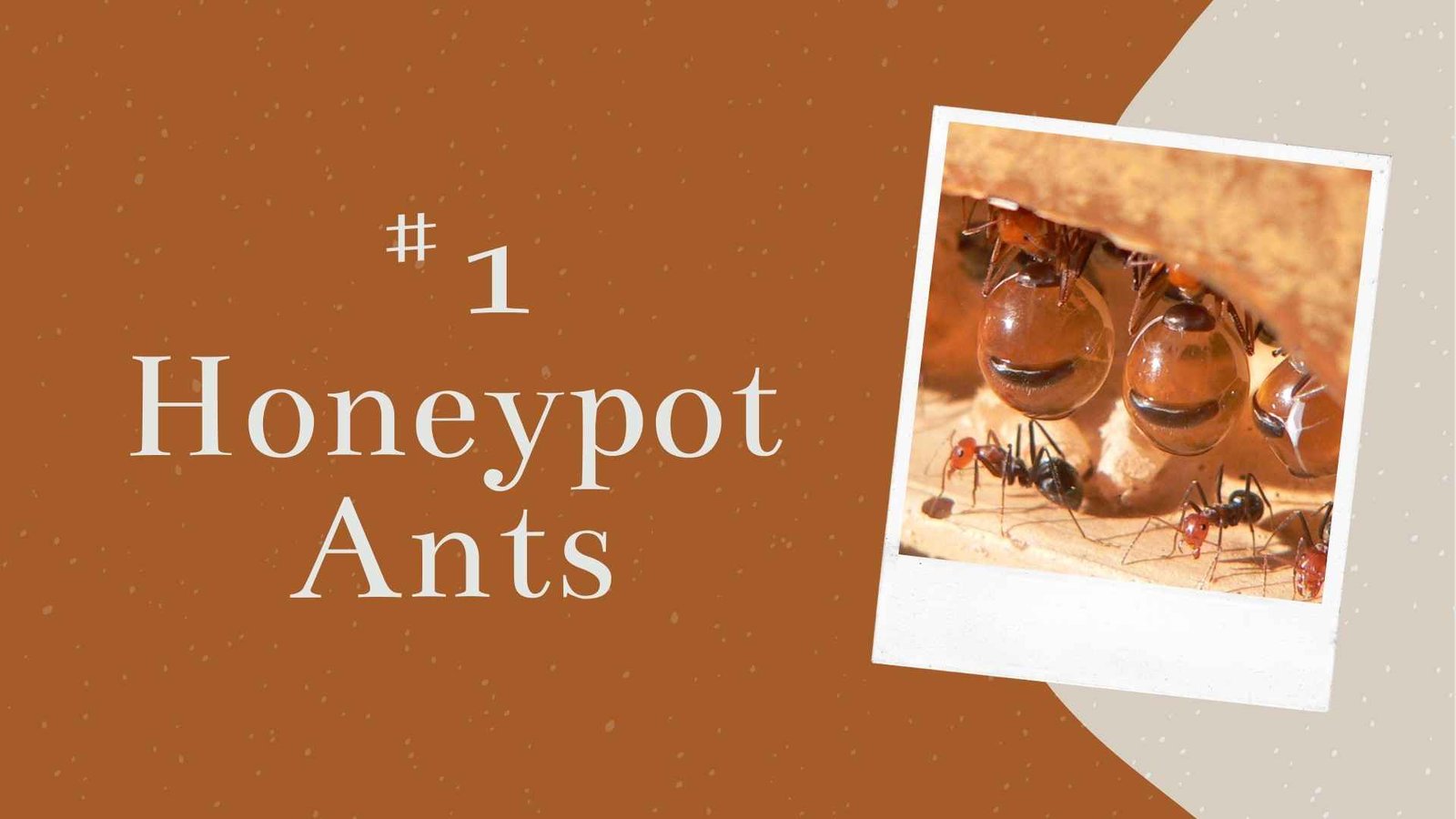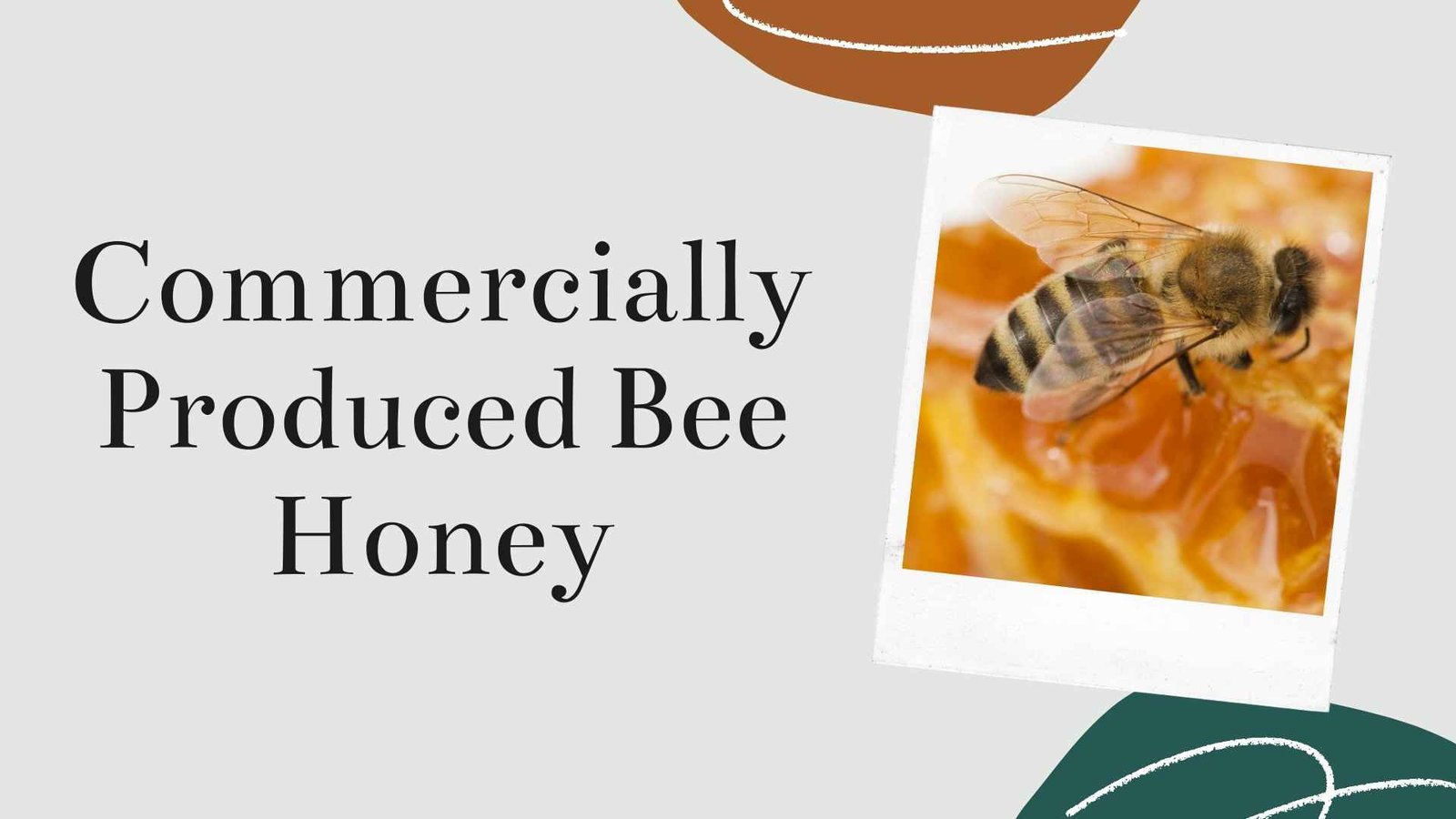Bees And Honey!
These two are a classic pairing! Honey bees are well known for producing this wonderful, magnificent, and tasty treat. However, you may not have known that other animals produce honey as well. This article will show you how honey bees and other animals produce liquid gold!
How Do Bees (Apis mellifera) Make Honey?
Honey is an important source of energy for bees, which is why they make so much of it! They stockpile the liquid to ensure the bees in the hive always have enough. To begin making honey, bees use a long, straw-like tongue called a proboscis to suck up nectar droplets from the flower’s nectar-producing organ, the nectary. At this point, the bee begins to break down the complex sugars of the nectar in its stomach. This causes the nectar to turn into simple sugar, which is less prone to crystallization.
Next, the nectar is passed on to another bee, known as the house bee. The house bees take the nectar into the colony and begin to store them in the honey cells within the hive, made of hexagon-shaped beeswax cells. Once the honey has been successful placed in the hive, the bees cover it with a fresh layer of beeswax. It dried down and keeps the honey encapsulated within the cells. Whenever the honey needs to be accessed, especially during the winter months when nectar is scarce, the beeswax layers can easily be removed and the honey accessed.
What Other Animals Make Honey?
#1 Honeypot Ants
This is a general term that refers to several species of ants that have workers who store honey in their abdomen. The ants have abdomens that swell too many times the normal size with the nectar they gorge. It can expand to the size of a grape! Similar to the honeybees, this acts as food reservoirs for their colony. The ants do not only collect nectar from flowers. They also collect the sap that is contained within the stems of plants. Lastly, ants may also take the honeydew produced by other insects such as aphids and scale insects. When they have enough honey stored, they regurgitate the honey from their abdomen and feed it to the rest of their colony.
#2 Bumblebees
Honey bees are not the only types of bees to produce honey. Bumblebees also produce honey, but on a much smaller scale. Most of the honey collected is simply to provide energy for the queen bee. They do not stockpile the sticky liquid for their consumption. Given the fact that bumblebees produce so little honey, taking what little they have is not viable.
#3 Wasps
Some species of wasps also make honey. Do not confuse wasps with bees! They may look similar, but there are a few key differences. Honey bees are hairy, while wasps usually have smooth and shiny skin. Wasps are narrow-waisted, have four wings, and may be brightly coloured, with black and yellow patterns. Wasps can sting more than once! As compared to when a bee stings, the process is ultimately fatal for the bee.
Mexican honey wasps, for example, produces and stores honey in a paper-like hive. Local indigenous communities may feed on this honey, considering both the honey and larvae as a local delicacy.
Why Is The Honey Produced By Bees The Only One Commercially Available?
Unlike the other honey-producing animals we’ve seen so far, honey bees are the only ones who produce honey on a commercially viable scale. Furthermore, bees usually produce honey all year round. Even if some honey was taken for human consumption, there is a large number of bees in each colony. This ensures that there will be sufficient energy stores for the colony. To date, honey from bees has become a popular ingredient. Manuka honey especially! Click the link to find out more about manuka honey. If you’re interested to try this magnificent product, take a look at some of our UMF-graded products below.









